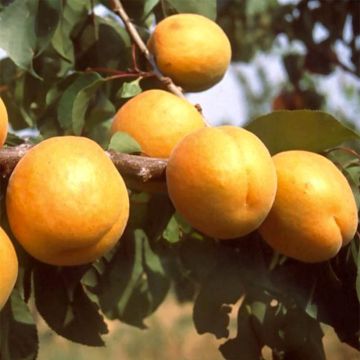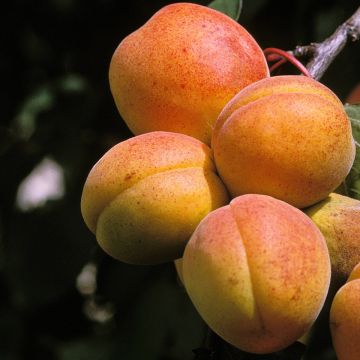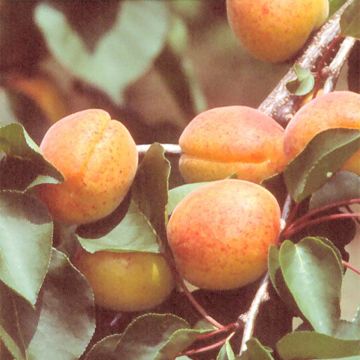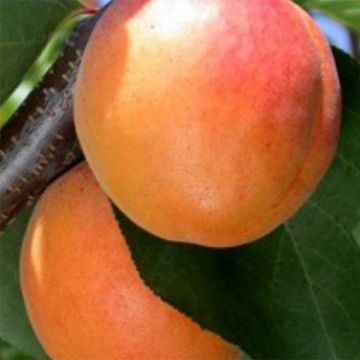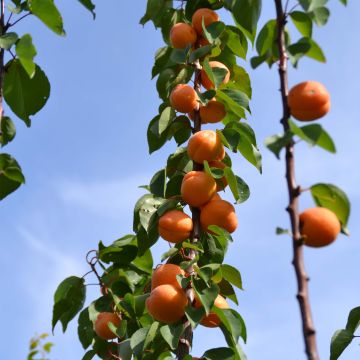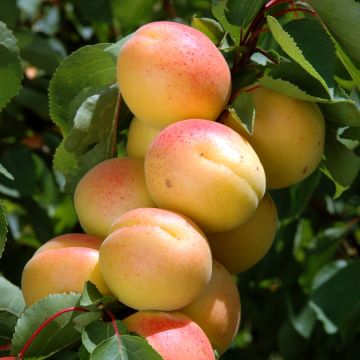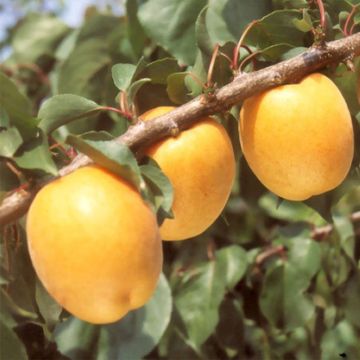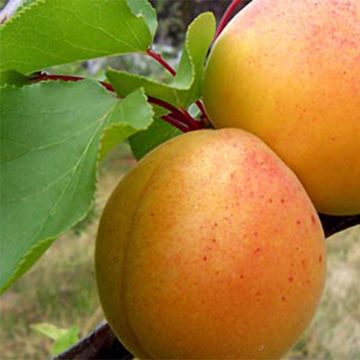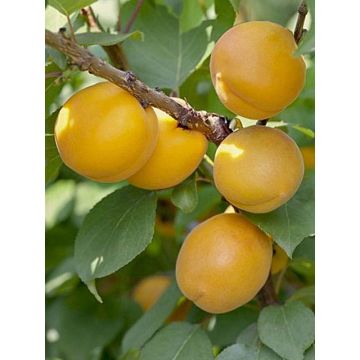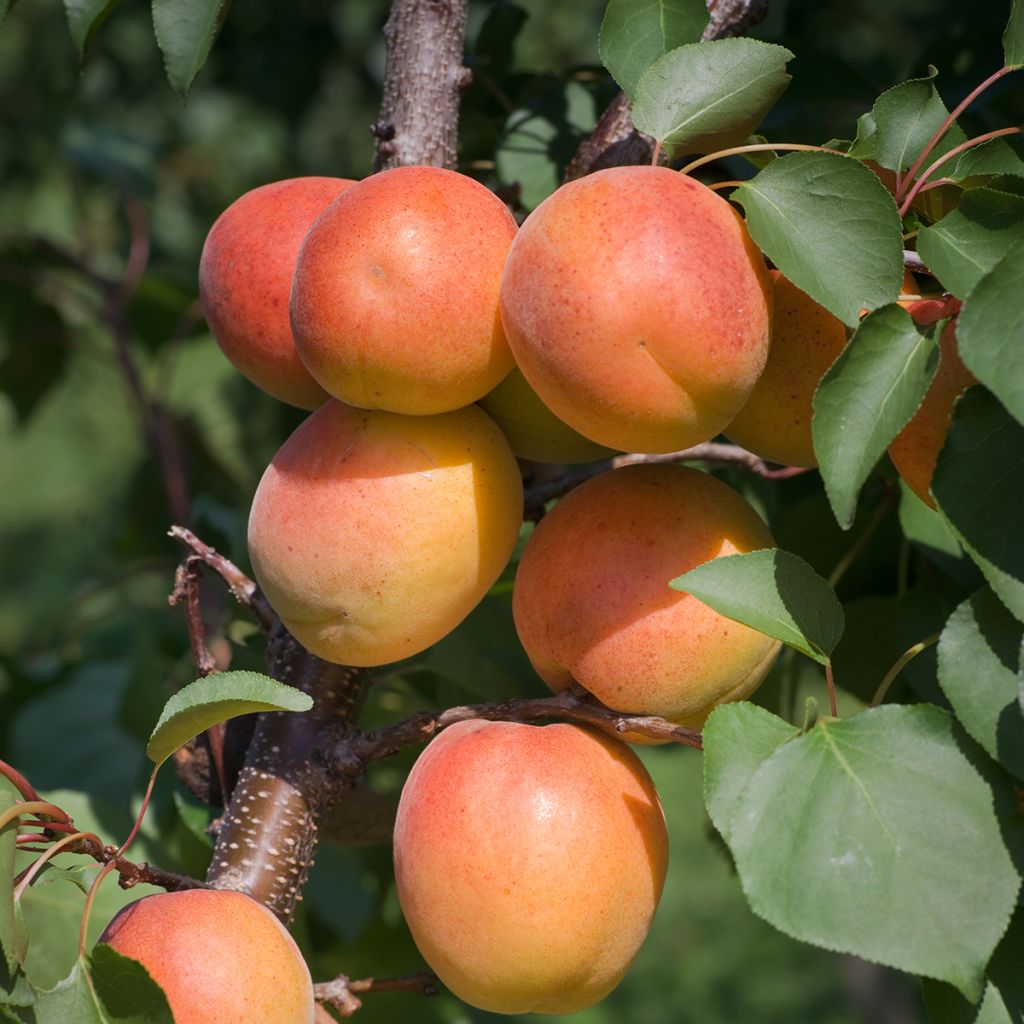

Prunus armeniaca Harcot - Apricot Tree
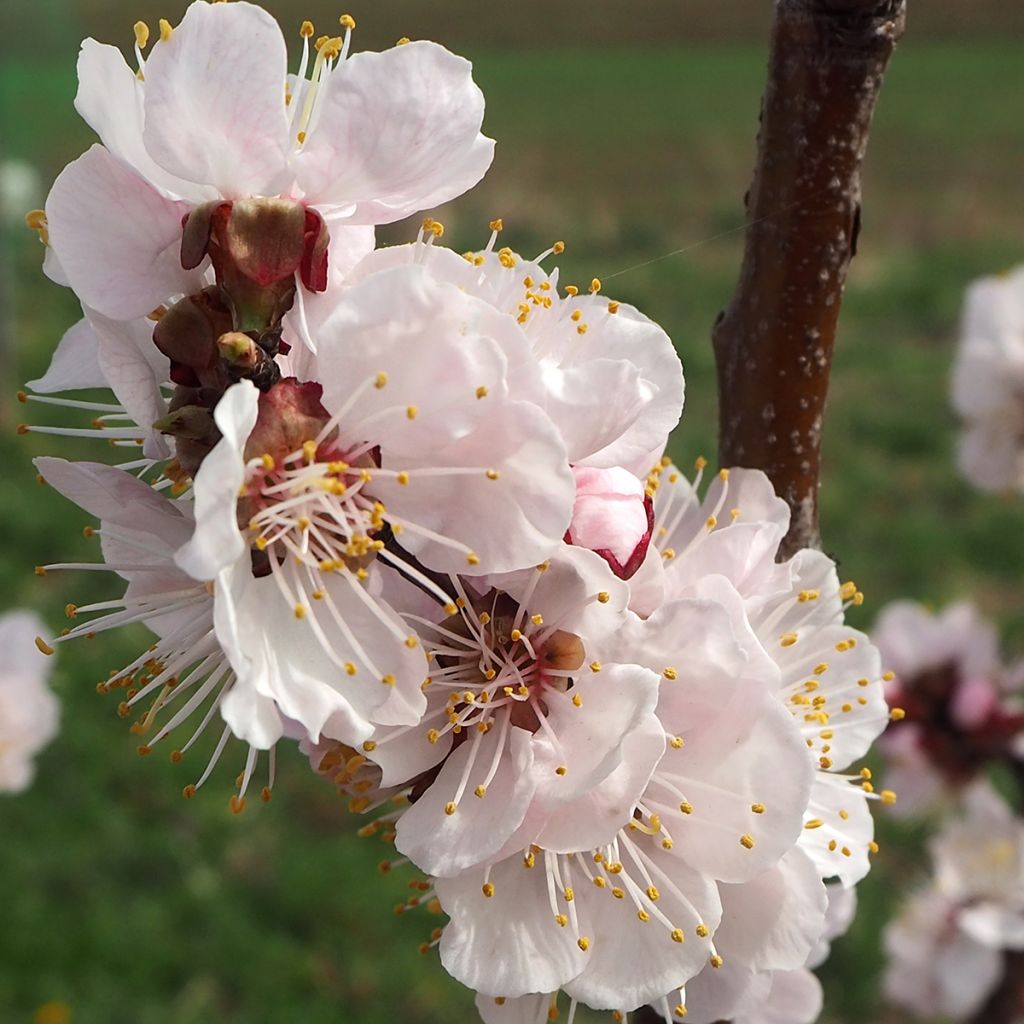

Prunus armeniaca Harcot - Apricot Tree
Prunus armeniaca Harcot - Apricot Tree
Prunus armeniaca Harcot
Apricot Tree
This plant carries a 6 months recovery warranty
More information
We guarantee the quality of our plants for a full growing cycle, and will replace at our expense any plant that fails to recover under normal climatic and planting conditions.
Oversize package: home delivery by special carrier from €6.90 per order..
Express home delivery from €8.90.
Delivery to Corse prohibited: UE law prohibits the import of this plant from mainland France to Corse as part of the fight against Xylella fastidiosa. Please accept our sincere apologies.
More information
Description
The 'Harcot' apricot tree, selected in Canada, is appreciated for its cold resistance (down to -20°C (-4°F)) and its good disease resistance. It is a variety that will easily adapt to colder regions in winter. However, choose a sunny and sheltered location to maximize your chances of success. By the end of July, you will harvest medium-sized fruits with orange skin tinged with red on the sunny side, with firm, sweet, and slightly juicy flesh. Self-fertile, one tree is enough to obtain fruits. Good disease resistance.
Prunus armeniaca was introduced to the Mediterranean basin from Armenia, hence its name. The apricot tree then thrived in the south where it is still widely cultivated. It forms a small rounded tree that can reach 3 to 5m (10 to 16ft) in height. Its deciduous leaves are a beautiful bright green, slightly heart-shaped, and turn yellow in autumn before falling.
The flowering of Prunus armeniaca 'Harcot' occurs late, in April-May, which largely protects it from frost. Typical of Rosaceae, the flower has 5 petals that are slightly pinkish white and red sepals. Ephemeral, they are slightly fragrant.
They are followed by apricots, which are medium-sized and slightly elongated. Their skin is orange and tinged with red on the sunny side. Their flesh is firm, fine, sweet, and slightly juicy. Of good taste quality, they are known not to fall when ripe, which occurs towards the end of July.
The 'Harcot' variety is self-fertile (one tree is enough to obtain fruits), but the presence of other varieties of apricot trees nearby can lead to a better harvest.
Harcot apricots are preferably consumed fresh, although they can also be dried or used in compote, jam, or tart. Apricots can easily be used in sweet-savoury cuisine, for example in a tagine.
Report an error about the product description
Prunus armeniaca Harcot - Apricot Tree in pictures


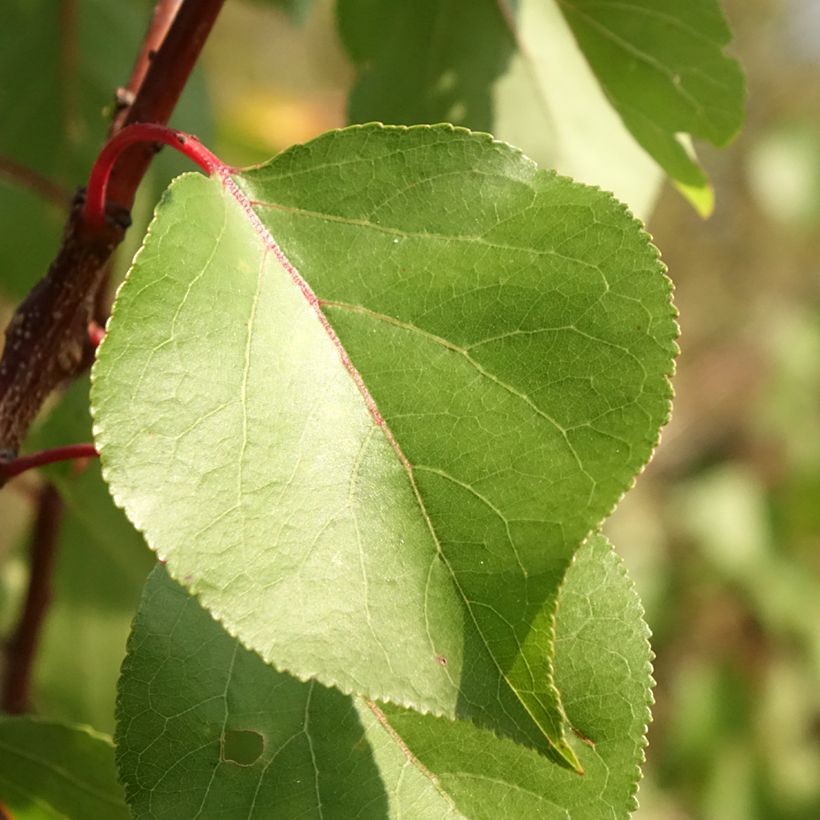

Plant habit
Fruit
Flowering
Foliage
Botanical data
Prunus
armeniaca
Harcot
Rosaceae
Apricot Tree
Cultivar or hybrid
Other Apricot trees
Planting and care
The 'Harcot' Apricot tree is not very demanding on the type of soil, with a preference for rich, fertile, moist, and well-drained soils. It does not tolerate overly clayey, suffocating, or excessively wet soils. Plant it in a sunny location, sheltered from the wind.
Planting period
Intended location
Care
This item has not been reviewed yet - be the first to leave a review about it.
Haven't found what you were looking for?
Hardiness is the lowest winter temperature a plant can endure without suffering serious damage or even dying. However, hardiness is affected by location (a sheltered area, such as a patio), protection (winter cover) and soil type (hardiness is improved by well-drained soil).

Photo Sharing Terms & Conditions
In order to encourage gardeners to interact and share their experiences, Promesse de fleurs offers various media enabling content to be uploaded onto its Site - in particular via the ‘Photo sharing’ module.
The User agrees to refrain from:
- Posting any content that is illegal, prejudicial, insulting, racist, inciteful to hatred, revisionist, contrary to public decency, that infringes on privacy or on the privacy rights of third parties, in particular the publicity rights of persons and goods, intellectual property rights, or the right to privacy.
- Submitting content on behalf of a third party;
- Impersonate the identity of a third party and/or publish any personal information about a third party;
In general, the User undertakes to refrain from any unethical behaviour.
All Content (in particular text, comments, files, images, photos, videos, creative works, etc.), which may be subject to property or intellectual property rights, image or other private rights, shall remain the property of the User, subject to the limited rights granted by the terms of the licence granted by Promesse de fleurs as stated below. Users are at liberty to publish or not to publish such Content on the Site, notably via the ‘Photo Sharing’ facility, and accept that this Content shall be made public and freely accessible, notably on the Internet.
Users further acknowledge, undertake to have ,and guarantee that they hold all necessary rights and permissions to publish such material on the Site, in particular with regard to the legislation in force pertaining to any privacy, property, intellectual property, image, or contractual rights, or rights of any other nature. By publishing such Content on the Site, Users acknowledge accepting full liability as publishers of the Content within the meaning of the law, and grant Promesse de fleurs, free of charge, an inclusive, worldwide licence for the said Content for the entire duration of its publication, including all reproduction, representation, up/downloading, displaying, performing, transmission, and storage rights.
Users also grant permission for their name to be linked to the Content and accept that this link may not always be made available.
By engaging in posting material, Users consent to their Content becoming automatically accessible on the Internet, in particular on other sites and/or blogs and/or web pages of the Promesse de fleurs site, including in particular social pages and the Promesse de fleurs catalogue.
Users may secure the removal of entrusted content free of charge by issuing a simple request via our contact form.
The flowering period indicated on our website applies to countries and regions located in USDA zone 8 (France, the United Kingdom, Ireland, the Netherlands, etc.)
It will vary according to where you live:
- In zones 9 to 10 (Italy, Spain, Greece, etc.), flowering will occur about 2 to 4 weeks earlier.
- In zones 6 to 7 (Germany, Poland, Slovenia, and lower mountainous regions), flowering will be delayed by 2 to 3 weeks.
- In zone 5 (Central Europe, Scandinavia), blooming will be delayed by 3 to 5 weeks.
In temperate climates, pruning of spring-flowering shrubs (forsythia, spireas, etc.) should be done just after flowering.
Pruning of summer-flowering shrubs (Indian Lilac, Perovskia, etc.) can be done in winter or spring.
In cold regions as well as with frost-sensitive plants, avoid pruning too early when severe frosts may still occur.
The planting period indicated on our website applies to countries and regions located in USDA zone 8 (France, United Kingdom, Ireland, Netherlands).
It will vary according to where you live:
- In Mediterranean zones (Marseille, Madrid, Milan, etc.), autumn and winter are the best planting periods.
- In continental zones (Strasbourg, Munich, Vienna, etc.), delay planting by 2 to 3 weeks in spring and bring it forward by 2 to 4 weeks in autumn.
- In mountainous regions (the Alps, Pyrenees, Carpathians, etc.), it is best to plant in late spring (May-June) or late summer (August-September).
The harvesting period indicated on our website applies to countries and regions in USDA zone 8 (France, England, Ireland, the Netherlands).
In colder areas (Scandinavia, Poland, Austria...) fruit and vegetable harvests are likely to be delayed by 3-4 weeks.
In warmer areas (Italy, Spain, Greece, etc.), harvesting will probably take place earlier, depending on weather conditions.
The sowing periods indicated on our website apply to countries and regions within USDA Zone 8 (France, UK, Ireland, Netherlands).
In colder areas (Scandinavia, Poland, Austria...), delay any outdoor sowing by 3-4 weeks, or sow under glass.
In warmer climes (Italy, Spain, Greece, etc.), bring outdoor sowing forward by a few weeks.

































